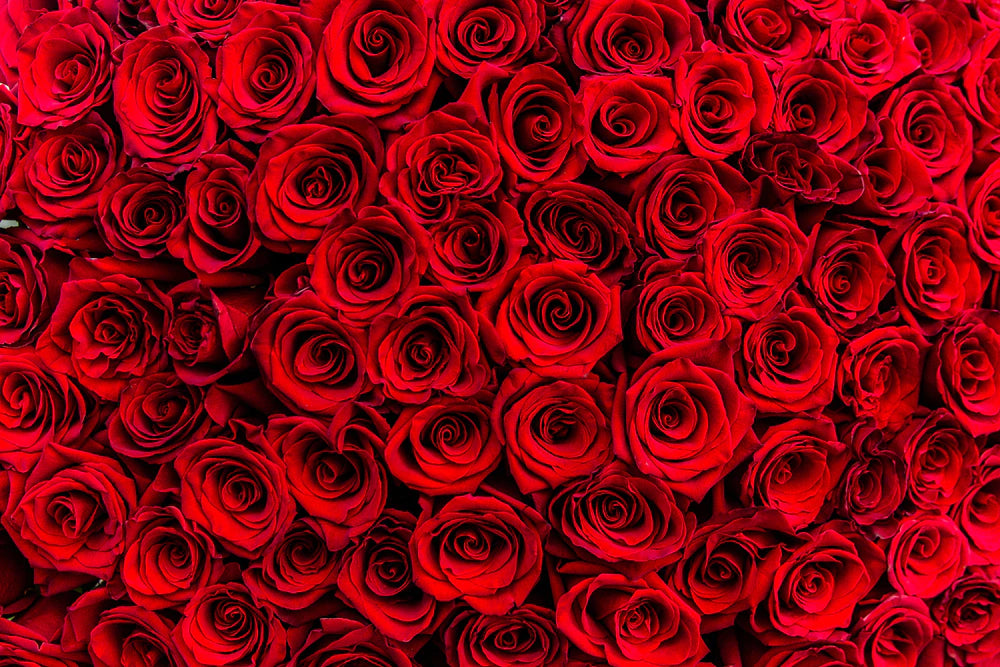An Ode to the Red Rose
Gifting red roses is the most classic romantic gesture of all time (yes, arguably more iconic than a boombox below a windowsill or a confession of love in the rain). It is so classic, in fact, that its origins date back to Aphrodite, the Greek goddess of love herself.

Red Roses in Greek Mythology
According to legend, Aphrodite fell in love with Adonis, a handsome mortal with a propensity for hunting. Their romance bloomed, until, of course, Adonis met his untimely demise by underestimating the prowess of a wild boar (who, coincidentally, might have been Aphrodite’s ex-lover Ares).
Hearing Adonis’ screams, Aphrodite ran through the woods to find him, and in some renditions of the legend, her blood fell on white roses in her haste, ever-dying them red, and in other versions, her tears upon finding him mixed with his blood, which combined to bloom as roses – henceforth becoming a symbol of love until death.
Red Roses in Ancient Rome
The association of red roses with romantic love wasn’t exclusive to Greek mythology, also cropping up in legends of Ancient Rome. Wealthy Romans are said to have put roses in their bed chambers as an homage to Venus, the goddess of love, desire, fertility, and beauty. It was also a common practice for those Romans to scent their baths with rose petals, the pleasant perfume scenting the rooms and their skin in a display of luxury and status.
Red Roses in Literature
Because of their rich history as an expression of love, beauty, and romance, red roses have been a common device for symbolism in literature for centuries. Most famously, in a line by William Shakespeare in his play Romeo and Juliet, Juliet asks “What’s in a name? That which we call a rose by any other name would smell as sweet.” This expression is meant to represent the idea that the name of something (i.e. her beau Romeo Montague) doesn’t have any impact on its inherent beauty and goodness, like the rose.
In another literary classic, The Little Prince by Antoine de Saint-Exupéry, the prince describes the feelings toward his rose compared to a field of roses, stating “Of course, an ordinary passerby would think my rose looked just like you. But my rose, all on her own, is more important than all of you together, since she’s the one I’ve watered.” He recognizes that to most people, all roses might be equally beautiful, but to him, his rose is precious because he nurtured it – a powerful metaphor about love and commitment over time.
Red Roses Today
According to a study by the Society of American Florists, it is estimated that more than 250 million roses are produced for Valentine’s Day, with roses comprising 83 percent of all flowers purchased for the holiday in 2022. Of that 83 percent, nearly two-thirds of those Valentine’s Day roses were red.
Due to their widespread popularity, red roses have been particularly influenced by supply constraints, especially over Valentine’s Day when they are most sought after. In the past few years, florists across the country are seeing their wholesale prices increase by upwards of 30 percent, alongside other supply-chain shortages like vases and fuel price increase-related spikes in cost of delivery – all reflected out of necessity in the cost to consumers.
But, even with the necessary cost increases, we expect the powerful symbolism and long-standing tradition surrounding the red rose to drive sales again this Valentine’s Day, the price increase perhaps even adding weight to the gesture of romance, commitment, and love.
